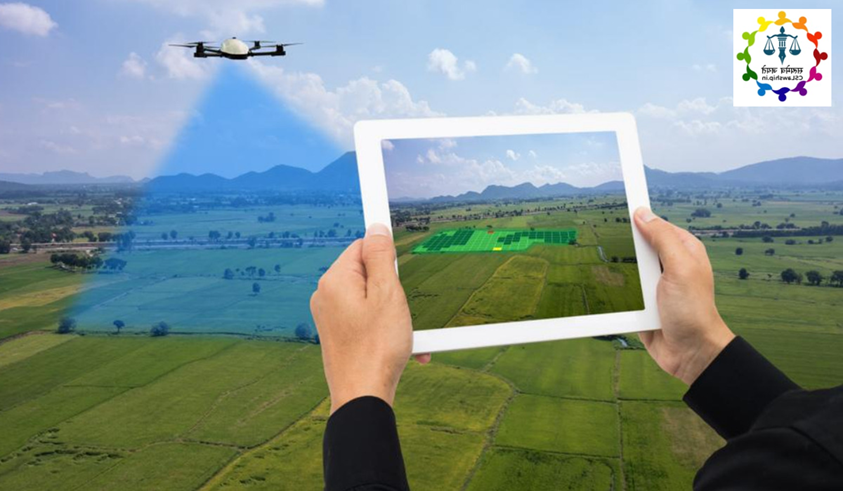What is Tourism Development Zone (TDZ) Land in Maharashtra India?
In Maharashtra, India, a Tourism Development Zone (TDZ) is a designated area identified for promoting and developing tourism-related activities. The primary objective of TDZs is to boost tourism by creating infrastructure and facilities that attract tourists and support the local economy. Here are the key features and objectives of TDZ lands in Maharashtra:
Key Features of TDZ Land
- Tourism Infrastructure :
- TDZs are planned to include tourism infrastructure such as hotels, resorts, restaurants, and recreational facilities.
- Development may also include transportation infrastructure like roads, airports, and railways to improve accessibility.
- Economic Development :
- The development of TDZs aims to stimulate local economies by creating job opportunities and fostering small businesses.
- Encourages investment from both public and private sectors in tourism projects.
- Cultural and Heritage Preservation :
- TDZs often focus on areas with significant cultural, historical, or natural attractions.
- Preservation and promotion of local culture and heritage are integral to the development plans.
- Environmental Sustainability :
- Sustainable tourism practices are promoted to ensure that development does not harm the natural environment.
- Measures are taken to minimize the ecological footprint of tourism activities.
- Regulatory Framework :
- Specific guidelines and regulations govern the development and operation of TDZs to ensure they align with broader planning and environmental policies.
- Developers need to adhere to these regulations, which may include obtaining necessary permits and environmental clearances.
Objectives of TDZ Land
- Boost Tourism:
- TDZs are aimed at increasing tourist footfall by offering attractive and well-planned destinations.
- Enhanced facilities and services improve the overall tourist experience.
- Local Community Benefits:
- Development in TDZs is intended to benefit local communities through job creation, improved infrastructure, and increased business opportunities.
- Empowering local communities by involving them in tourism activities and decision-making processes.
- Balanced Regional Development:
- TDZs promote balanced regional development by attracting investments to less developed or rural areas.
- Helps in reducing regional disparities by providing economic opportunities outside major urban centers.
- Enhancement of Tourism Potential:
- Identifies and develops untapped tourism potential in various regions of Maharashtra.
- Promotes Maharashtra as a diverse and attractive tourism destination.
- Sustainable Tourism:
- Ensures that tourism development is environmentally sustainable and does not degrade natural resources.
- Focus on long-term planning and conservation to maintain the attractiveness of the destination.
Examples of TDZ Development Activities
- Construction of eco-friendly resorts and hotels.
- Development of adventure tourism activities such as trekking, rafting, and wildlife safaris.
- Establishment of cultural centers and museums showcasing local heritage.
- Creation of recreational facilities like theme parks, golf courses, and wellness centers.
- Enhancement of local markets and handicraft centers to promote local products.
Conclusion
Tourism Development Zones (TDZs) in Maharashtra are strategic areas aimed at boosting the tourism sector while ensuring sustainable and balanced development. They are designed to create economic opportunities, preserve cultural and natural heritage, and provide high-quality tourism infrastructure. By focusing on these zones, Maharashtra aims to attract more tourists, foster local economic growth, and promote sustainable tourism practices.
Tourism Development Zone (TDZ)


























